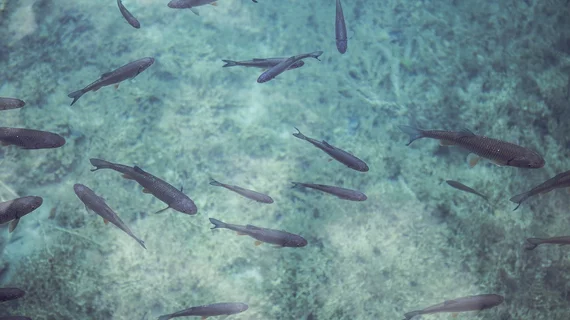Is gadolinium harming animals in the ocean?
With almost half a billion doses of gadolinium administered to patients across the world, traces of the imaging element have been detected in the waterways of many countries. A recent study has raised concerns of the effect on marine animals.
Certain creatures, such as Cnidaria (which include jellyfish), small plankton and species of algae are more sensitive to gadolinium, according to a story in Hakai Magazine.
The new research found the extent to which gadolinium affects these marine animals is still unknown, but the team noted it’s also possible for the chemicals to cycle back to humans through animals or plants that absorb the contrast agent.
“We don’t put only one pollutant into [the] marine [environment]. We put a lot of different compounds. [So] this is the big issue,” said coauthor of the study Ewa Olkowska.
Read the entire story below:

